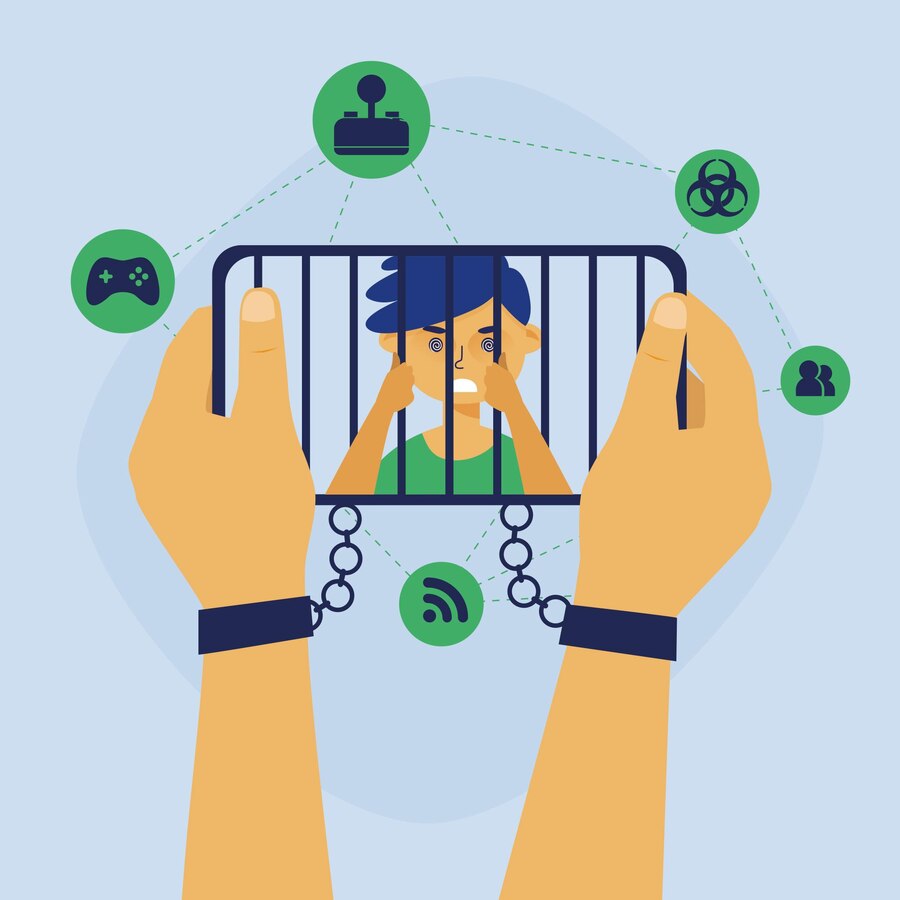Fraud on Social Media
Social media provides scammers with wide access to users' personal information. Malefactors use fake accounts, phishing links, and social engineering to obtain personal data. Most often, fraudsters disguise themselves as real people or official companies, creating trust with the victim.
Common Social Media Fraud Schemes:
- Fake accounts of celebrities or companies offering false giveaways and promotions.
- Fake messages from friends asking for help or money transfers.
- Viral links leading to fake pages requesting passwords.
- Pseudoinvestment projects promising quick income.
- Job offers requiring upfront payment.
To avoid such risks, one must exercise caution when communicating on social media and verify the authenticity of information.

Personal Data Breaches
Personal information can fall into the hands of scammers either through hacking attacks or due to users' carelessness. Malefactors analyze open profiles, collecting information about residence, phone numbers, and even financial status
Main Ways Data is Breached:
- Account hacking using weak passwords.
- Phishing attacks through fake sites and emails.
- Use of malicious apps requesting access to personal information.
- Publishing personal data in open access, simplifying its collection.
Data protection includes using strong passwords, two-factor authentication, and limiting profile information access.
How Data is Stolen Online
The internet offers many opportunities for collecting personal data. Scammers use automated scripts, analyze public profiles, and apply social engineering methods.
The most common ways data is stolen:
- Creating fake websites mimicking popular services.
- Intercepting information via insecure Wi-Fi networks.
- Requesting personal data under the guise of identity verification.
- Participating in dubious surveys requiring personal information.
Leaks can be avoided by not clicking on suspicious links, not entering data on unfamiliar resources, and using secure internet connections.

Social Media and Financial Risks
Financial scams on social media have become particularly common. Scammers create groups advertising fictitious investment projects, quick earnings, and questionable-quality online courses.
The most common schemes:
- Pseudoinvestments promising high returns.
- Sale of goods and services without subsequent delivery.
- Fraud disguised as charitable collections.
- False stock recommendations and trading signals.
To avoid falling victim to fraud, verify the authenticity of information, do not transfer money to unknown persons, and use official platforms for financial operations.

Scams on Facebook and Instagram
Popular social networks often become platforms for scammers. Fake brand pages, fake stores, and ads with inflated discounts are common on Facebook and Instagram.
Main deception schemes:
- Fake online stores offering goods at reduced prices.
- Accounts impersonating famous people to collect money for "charity."
- Fraudulent lotteries and giveaways.
- Account hacking followed by spamming the victim's friends.
Protection includes verifying information sources, analyzing comments, and using official channels to communicate with brands.

How to Protect Personal Information
Ensuring online security requires careful attention to personal data and its protection. It is important to follow basic precautions.
Data protection recommendations:
- Use complex and unique passwords.
- Set up two-factor authentication.
- Disable public viewing of personal information.
- Do not transmit confidential data via messengers and social networks.
- Verify links before clicking and avoid suspicious apps.
Following these principles helps minimize the risk of data leaks and secure accounts from hacking.

Fake Accounts of Scammers
Malefactors create fake pages copying real profiles of users, companies, or celebrities. Such accounts are used for fraud and data collection.
Typical signs of a fake profile:
- Recent registration date and few subscribers.
- Lack of personal photos and posts.
- Excessive activity in comments with advertising or money requests.
- Incorrect links in the profile leading to third-party resources.
Blocking and reporting such accounts helps reduce their spread and protect users.
Scam in Messengers
Scammers actively use messengers to attack users. Main schemes include sending malicious files, links to phishing sites, and spreading fake news.
Common types of fraud:
- Messages requesting confirmation of personal data.
- Malicious files masquerading as documents or photos.
- Fake notifications of winning or account blocking.
- Fake requests for money transfers from "acquaintances."
Ignoring suspicious messages, verifying senders, and using built-in messenger security tools helps reduce attack risks.
 >
>